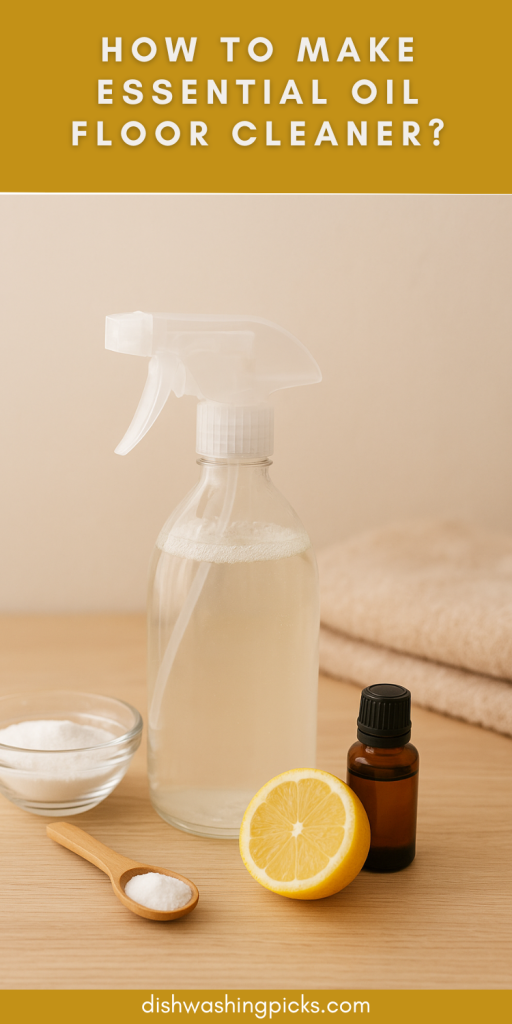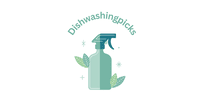
So, picture this: you’ve just mopped your floors with some store-bought cleaner, and instead of that fresh, welcoming vibe you were hoping for, your house now smells like a chemical factory. Not exactly the cozy, “ahh, home sweet home” moment, right? That’s usually when people start Googling natural options—and boom, essential oils pop up.
And honestly? They’re a game-changer. They smell amazing, they’re natural, and they actually do the job without all the mystery ingredients you can’t even pronounce. Plus, there’s something oddly satisfying about whipping up your own cleaner. It makes you feel like a cross between a DIY enthusiast and a low-key chemist in the kitchen.
Why Essential Oils on Your Floors?
Now, you might be thinking, “Okay, but do essential oils really work, or is this just another Pinterest trend?” Fair question.
Here’s the deal: certain essential oils aren’t just there for their spa-like vibes—they actually pack some antibacterial and antifungal punch. For example:
- Lemon oil: Smells fresh and clean, plus it’s naturally antiseptic.
- Tea tree oil: Known for its antifungal and antibacterial properties.
- Lavender oil: Gentle, soothing scent that still fights germs.
- Eucalyptus oil: That sharp, refreshing smell that also kicks germs to the curb.
And honestly, beyond the cleaning power, the smell is reason enough. Imagine walking barefoot on your floor and the whole room smells like a fresh lemon grove or a eucalyptus spa. That’s next-level cozy.
What You’ll Need (Spoiler: It’s Probably Already in Your Kitchen)
Here’s the best part: you don’t need to go on some Amazon shopping spree. Most of this stuff is already lying around at home. Here’s your short and sweet shopping list:
- 2 cups of warm water
- ½ cup of white vinegar (yes, the one in your pantry)
- 2 tablespoons of baking soda (the all-purpose hero)
- 10–15 drops of essential oil (your choice—lemon, tea tree, lavender, eucalyptus, or mix it up!)
- A spray bottle or mop bucket
That’s it. No rocket science, no rare ingredients from Mars.
How to Make It (AKA The Fun Part)
Okay, time to channel your inner DIY spirit. Here’s how it goes down:
- Mix the vinegar and water. Think of vinegar as the backbone—it cuts through grease and disinfects like a pro.
- Add baking soda. You’ll see a little fizz (don’t panic, it’s normal). It’s just baking soda showing off.
- Drop in your essential oils. This is where you get creative. Lemon + lavender? Spa vibes. Tea tree + eucalyptus? Crisp and refreshing.
- Pour it into your spray bottle or mop bucket. That’s literally it.
Now, grab your mop, play your favorite playlist, and suddenly mopping the floor doesn’t feel like such a chore.
A Few Tips to Keep in Mind
- Don’t overdo the oils. A few drops go a long way. Too much tea tree oil and you’ll feel like you’re in a forest sauna.
- Test first. If you’ve got fancy hardwood floors, do a little patch test in a corner. Vinegar is safe for most, but better safe than sorry.
- Shake before each use. Natural ingredients like to separate, so give your spray bottle a quick shake before going wild with it.
Why Bother Making Your Own?
Because, honestly—why not? Store-bought cleaners cost more, smell artificial, and sometimes leave you wondering what on earth is actually in them. Making your own is cheaper, safer, and it makes your home smell amazing.
Plus, let’s be real: there’s a certain smug satisfaction in telling your friends, “Oh yeah, that floor cleaner? I made it myself.” Instant bragging rights.
Final Thoughts
At the end of the day, making your own essential oil floor cleaner is ridiculously simple, ridiculously cheap, and ridiculously satisfying. You get fresh, sparkling floors without all the harsh chemicals—and your house smells like a dream.
So next time you’re about to reach for that neon-colored bottle from the store, pause for a second. Grab some vinegar, a little baking soda, and your favorite essential oils instead. Your floors (and honestly, your nose) will thank you.
